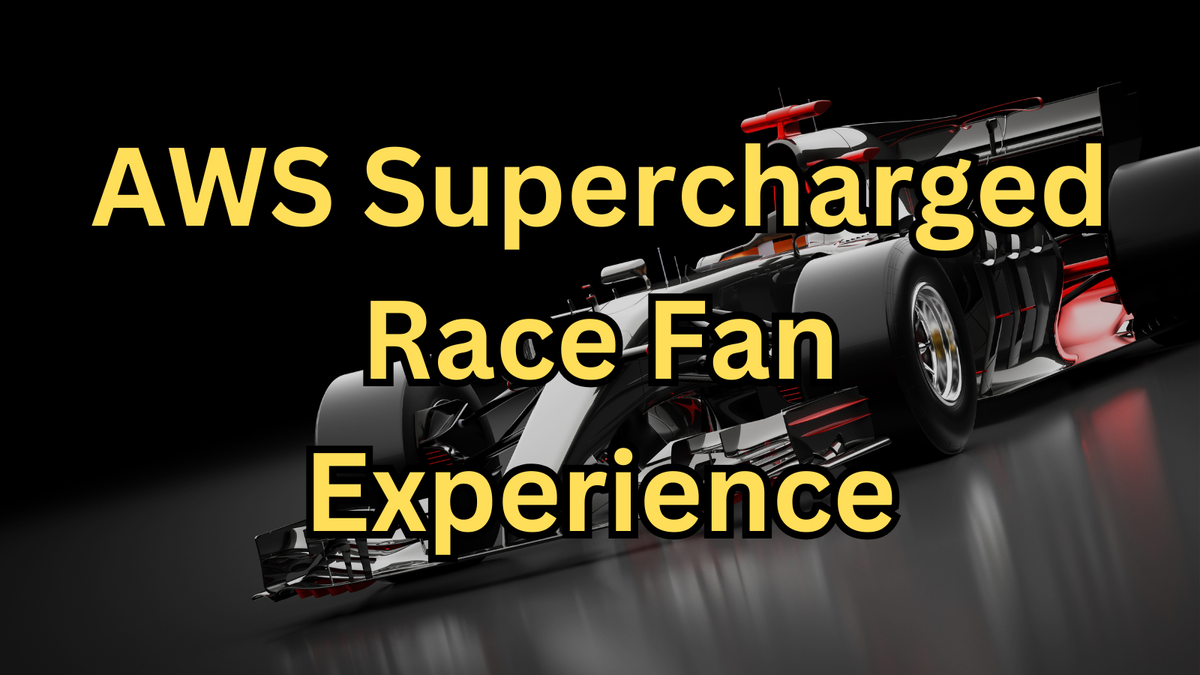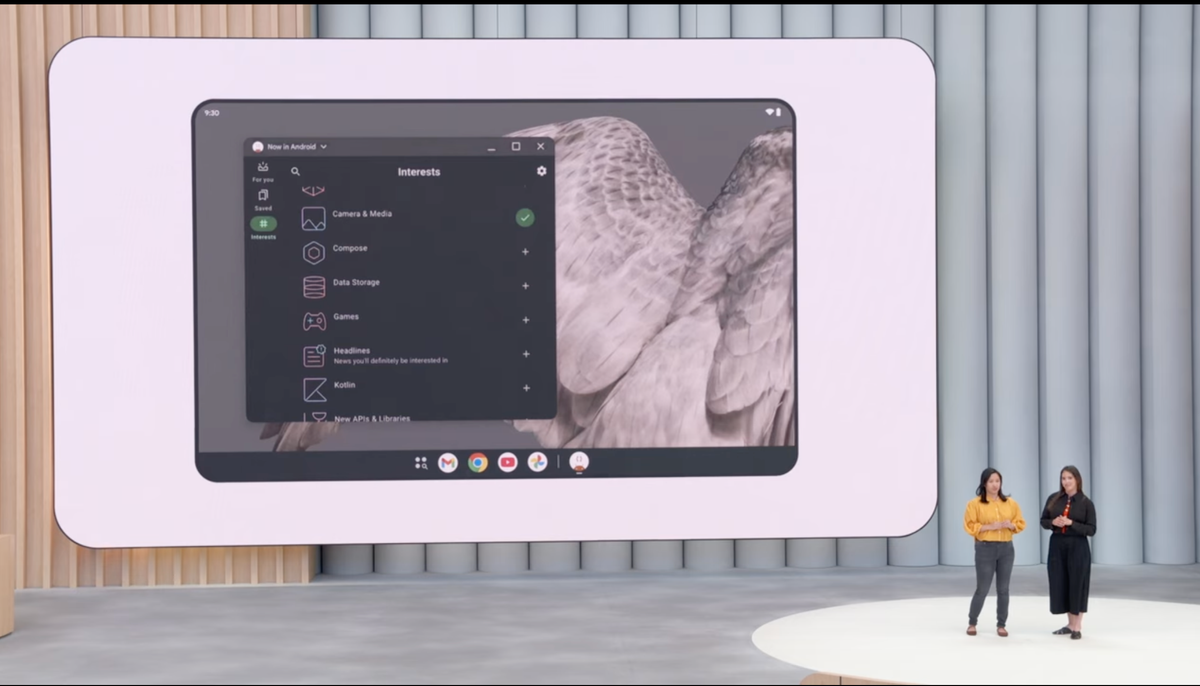Is F1 TV Premium the Future of Sports Streaming? How AWS Supercharged the Race Fan Experience

Formula 1® just redefined live sports streaming—and it’s not just about faster cars. As F1 celebrates its 75th anniversary in 2025, they’ve teamed up with AWS to launch F1 TV Premium, a streaming tier that lets fans watch 24 synchronized camera feeds in UHD HDR, customize multiview layouts, and track every overtake in real time. But how did they pull this off without delays or buffering? Let’s dive in.


🚨 The Synchronization Challenge: 24 Feeds, Zero Tolerance for Delay
Imagine trying to watch a race where the main broadcast lags behind your favorite driver’s onboard camera by 5 seconds. Chaos, right? F1 faced three massive hurdles:
- 24 feeds, 20 cars: Main broadcast, track cameras, and onboard feeds from every vehicle—each traveling through different production pipelines with varying delays.
- Frame-perfect alignment: Key moments like pit stops or crashes must sync across all feeds to avoid spoilers or missed action.
- Customizable multiview: Fans demanded layouts tailored to their interests (e.g., rival driver cams), not pre-set grids.
Traditional streaming workflows couldn’t handle this complexity. Enter AWS.


✅ AWS’s Playbook: Timecode Magic & HEVC Tile Encoding
F1 and AWS built a next-gen video pipeline using three key strategies:
- Timecode Synchronization ⏱️
Every feed is stamped with a Unix epoch-based timecode at F1’s Media Centre. Even if some feeds take longer to process (e.g., live commentary vs. raw onboard footage), AWS Elemental MediaLive ensures all streams align frame-perfectly using CMAF ingest and epoch locking. - Predictable Packaging 📦
Identical GOP (Group of Pictures) and FPS settings across all 24 channels guarantee seamless segment delivery via AWS Elemental MediaPackage. This lets fans switch feeds without buffering—even during 200mph overtakes. - HEVC Tile Encoding 🧩
AWS MediaLive’s High Efficiency Video Coding splits feeds into independent “tiles.” Fans can now drag-and-drop camera angles into custom layouts (mobile-optimized grids, driver battle split-screens) without backend re-encoding. It’s like LEGO for race views.
⚠️ The Invisible Roadblocks: Why This Wasn’t Easy
Building F1 TV Premium wasn’t just a victory lap:
- 🚧 Signal Chain Variability: Onboard cams vs. broadcast feeds had different latency profiles—requiring microsecond-level timecode adjustments.
- 🚧 Device Fragmentation: Supporting multiview on everything from 4K TVs to smartphones meant optimizing HEVC tiles for 50+ resolutions.
- 🚧 Cost vs. Quality: UHD HDR streaming at scale could’ve bankrupted lesser platforms. AWS CloudFront’s edge caching kept costs in check.
🏁 Final Thoughts: A Blueprint for Live Sports?
F1 TV Premium isn’t just a win for racing fans—it’s a playbook for any sport aiming to monetize hyper-engaged audiences. Key takeaways:
- ✅ Sync or Sink: Timecode alignment is non-negotiable for multi-feed events.
- ✅ Flexibility Wins: Let fans build their own viewing experience—they’ll pay premium prices.
- ✅ Edge Matters: AWS’s global infrastructure ensures lag-free streams, even during Monaco’s hairpin turns.
Could this tech work for the Super Bowl or World Cup? I’m betting yes. What do YOU think?
Let us know on X (Former Twitter)
Sources: Jamie Mullan and Dan Gehred. F1® sets new standard in sports streaming with F1 TV Premium using AWS, May 1, 2025. https://aws.amazon.com/blogs/media/f1-sets-new-standard-in-sports-streaming-with-f1-tv-premium-using-aws/










